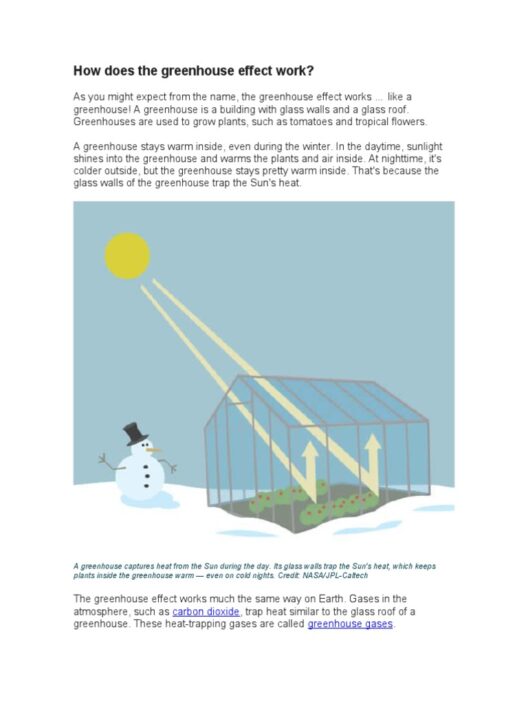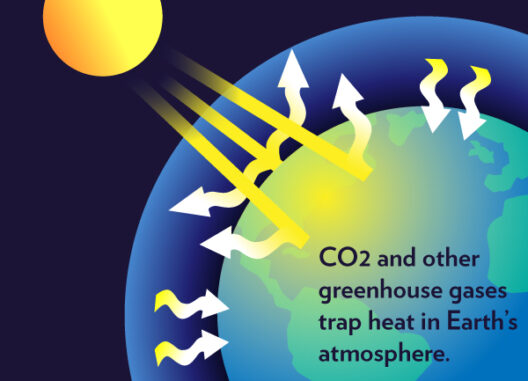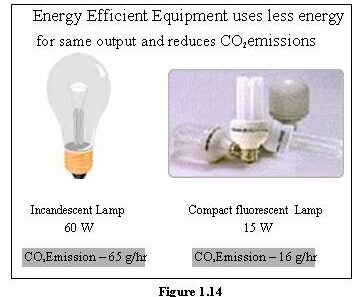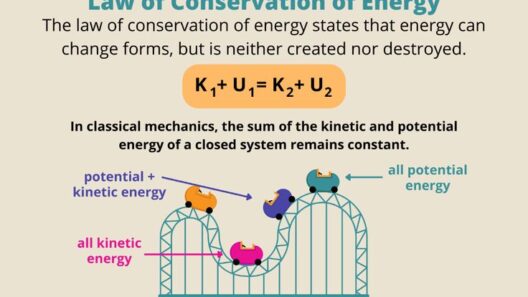Theme Parks and the Excitement of Roller Coasters
For many, the concept of a roller coaster elicits a visceral thrill—a cyclone of emotions ranging from exhilaration to trepidation. Every dip, twist, and turn of these high-speed machines captivates riders and onlookers alike. What lies behind this electrifying experience is a deeply rooted understanding of physics, especially the principle of conservation of energy. As visitors scream in delight and terror, unseen forces are at play, elegantly orchestrating the ride experience through the conversion and transformation of energy.
Understanding the physics that govern roller coasters not only enhances the appreciation for these thrilling rides but also sheds light on broader principles that are fundamental to our understanding of energy in the universe.
Fundamentals of Energy in Motion
Energy is a broad concept, encapsulated in various forms such as kinetic energy, potential energy, thermal energy, and more. The two most pertinent forms to roller coasters are kinetic energy (the energy of motion) and potential energy (stored energy based on position). When a roller coaster is at the apex of a hill, it possesses maximum potential energy due to its elevated position. As the coaster descends, this potential energy is converted into kinetic energy, causing the coaster to accelerate. This conversion is a perfect manifestation of the law of conservation of energy, which states that energy cannot be created or destroyed, only transformed from one form to another.
Maximizing the Thrill: Heights and Drops
One of the most thrilling aspects of roller coasters is their towering structures and steep drops. When designing a roller coaster, engineers harness the physics of energy transformation to maximize thrill. When a coaster climbs a hill, the gravitational force working against it requires an initial investment of energy usually provided by a chain lift or launch system. As the rider experiences the ascent, potential energy accumulates until it reaches the peak. At this moment, the coaster is endowed with the utmost potential energy, primed for an exhilarating descent.
Descending from this height, gravity diligently works to convert potential energy into kinetic energy. This thrilling drop initiates the most exhilarating segments of the ride, where riders feel the weightlessness of rapid acceleration. The laws of physics dictate that the greater the height from which the coaster descends, the greater the conversion of potential energy into kinetic energy, leading to faster speeds and greater forces experienced by the riders. This is why you might hear scream as they plunge toward the depths.
Circular Motion and Energy Preservation
The exhilarating twists and turns of a roller coaster are governed by the principles of circular motion. As a coaster loops or turns, it continuously transforms the energy between kinetic and potential states. When a coaster enters a loop, the kinetic energy is momentarily transformed into potential energy as the train rises again, and then back into kinetic energy as it drops. The magic of this cycle is that even as energy dissipates due to friction and air resistance, the design of the coaster helps to minimize energy loss, allowing the ride to maintain an element of sustained excitement.
Engineering the Experience: The Role of Design
The layout and design of roller coasters are meticulously crafted to maximize both safety and thrill. Various elements such as inversions, banked turns, and sudden drops are carefully calculated to exploit gravitational forces while adhering to safety parameters. Engineering teams conduct extensive computations and simulations to ensure that energy flows smoothly throughout the ride, minimizing the loss of energy and ensuring that riders can experience the exhilaration without compromising safety.
Moreover, energy conservation plays a pivotal role in ride operations. Coaster designs often utilize magnetic brakes to dissipate energy toward the end of a ride efficiently. These innovative systems convert kinetic energy into thermal energy, ensuring a smooth and controlled deceleration while also extending the life of the mechanical components. This demonstrates that, in the roller coaster industry, energy conservation involves both enhancing rider experience and protecting the integrity of the machinery.
The Ecological Nexus: Roller Coasters and Sustainability
While roller coasters epitomize thrilling experiences, it is crucial to acknowledge their impact on the environment. The energy systems employed in roller coaster operations continue to evolve, increasingly favoring sustainability through energy-efficient practices. Modern amusement parks are increasingly investing in renewable energy sources to power their attractions, including solar panels to harness the sun’s energy and advanced grid systems to reduce energy consumption. Utilizing regenerative braking technology can further mitigate energy waste, demonstrating that even thrilling rides can align with principles of ecological responsibility.
A Conclusion of Physics and Joy
The thrill of roller coasters personifies a deep-seated connection to the fundamental laws of physics, specifically the conservation of energy. As riders traverse the undulating tracks, they become unwitting participants in a stunning display of transformation—energy converting seamlessly from potential to kinetic, orchestrating a journey that fuses engineering marvels with enjoyment and adrenaline. Understanding these principles provides not only enlightenment but also an enriched appreciation for these engineering feats, deepening our fascination with designs that capture the joy and excitement of human experience while echoing the intricate laws by which our universe operates.








